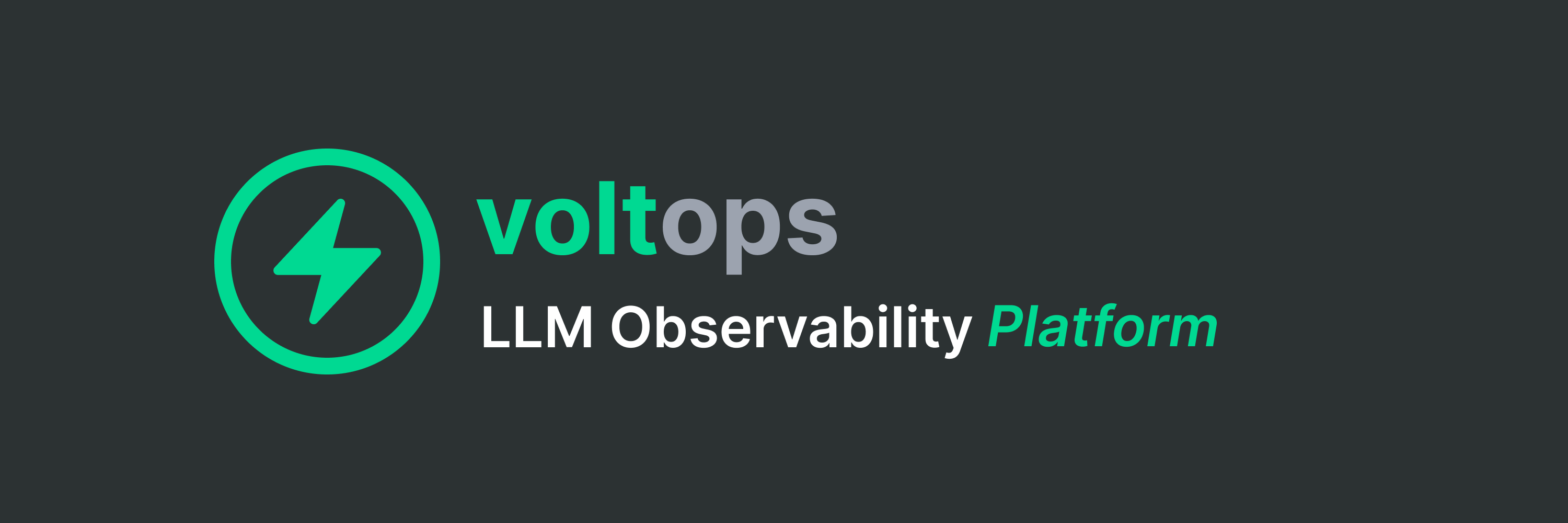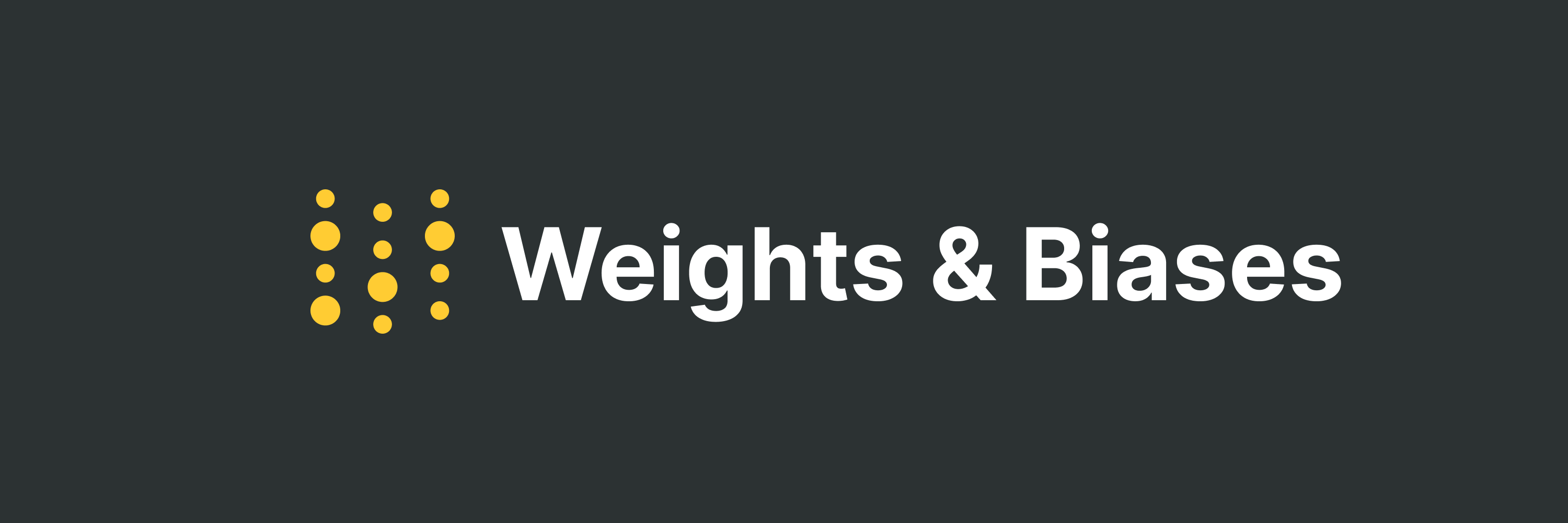The Real Talk About LLM Monitoring
Let me tell you something - building LLM apps is fun. Monitoring them in production? That's where things get... interesting.
You know that feeling when your AI agent works perfectly in development, but then you deploy it and suddenly it's making weird decisions, burning through your API budget, or just... not doing what it's supposed to do? Yeah, I've been there. We've all been there.
Here's what typically happens in production:
Sound familiar? That's exactly why I'm writing this guide.
After building AI apps for the past year and going through this pain myself, I've tested pretty much every observability tool out there. Some are great, some are... well, let's just say they try their best.
So here's my honest take on the top 5 LLM observability tools that actually work in 2025. No marketing fluff, just real experience from someone who's been in the trenches.
VoltOps

Full transparency: I'm one of the maintainers of VoltOps, and you're reading this on the VoltAgent blog. So yeah, I'm obviously biased. But let me explain why we built this thing.
VoltOps was created to address the specific challenges we faced when monitoring LLM applications. When I first started building AI agents, I kept running into the same problem: I had no idea what my agents were actually doing in production.
Traditional APM tools excel at monitoring web applications tracking HTTP requests, response times, and infrastructure metrics. But when you're dealing with AI agents making dynamic decisions about which tools to call and when, you need a different kind of visibility. Understanding why an agent chose to call the weather API instead of the calendar API requires seeing the reasoning process, not just the API call logs.
So we built VoltOps to fill this gap.
What Makes VoltOps Special
Agent-first approach. Most tools focus on individual API calls. VoltOps shows you what your agent is actually doing:
- Conversation flows - You can literally see the entire user journey, not just scattered API calls
- Tool execution tracking - Every function call, every decision point, with full context
- Multi-agent coordination - When agents talk to each other, you see the whole conversation
- Real-time debugging - Problems show up instantly, not in some batch report hours later
Why We Built It (And Why I Use It Every Day)
The setup is straightforward:
// Add this one line to your existing code
experimental_telemetry: {
isEnabled: true,
metadata: {
agentId: "my-assistant",
userId: "user-123"
}
}
That's it. No complex configuration, no SDK rewrites, no nothing.
The key feature is the visualization. When your agent does something unexpected, you can actually see the decision tree. Not just "API call failed" - but "agent tried tool A, got this response, then chose tool B because of X reason."
Even as someone who works on the platform, I regularly discover new insights about my own agents when I look at the traces.
Best for: Anyone building agent workflows, especially with frameworks like Vercel AI SDK or LangChain.
LangSmith - The LangChain Native

If you're already deep in the LangChain ecosystem, LangSmith is the natural choice. It's made by the LangChain team, so the integration feels native.
What It Does Well
- Deep LangChain integration - Seamless setup with LangChain applications
- Trace visualization - Excellent UI for following complex chain execution paths
- Dataset management - Built-in tools for creating and managing test datasets
- Debugging tools - Detailed insights when chains break or behave unexpectedly
- Production monitoring - Real-time tracking of chain performance
When It Shines
LangSmith excels in LangChain-heavy environments. The debugging capabilities are particularly strong - you can see exactly where in your chain things went wrong and why. The dataset management features are also unique, making it easy to build comprehensive test suites for your agents.
Best for: LangChain applications, teams heavily invested in the LangChain ecosystem
Website: smith.langchain.com
Weights & Biases - The ML Veteran

W&B has been the go-to platform for ML experiment tracking, and they've expanded their capabilities to cover LLM applications effectively.
What Works
- Experiment tracking - Industry-leading tools for comparing prompts, models, and configurations
- Model versioning - Robust version control for your AI models and datasets
- Collaboration features - Excellent team collaboration and sharing capabilities
- Mature platform - Years of production use in ML environments
- Rich visualization - Comprehensive charts and graphs for performance analysis
When It Shines
W&B is particularly powerful for research and experimentation phases. If you're running A/B tests on different prompts or comparing model performances, W&B's experiment tracking capabilities are comprehensive and well-developed. The collaboration features also make it great for larger teams.
Best for: Research teams, experimentation-heavy workflows, teams already using W&B for ML
Website: wandb.ai
Arize AI

Arize brings enterprise-grade monitoring capabilities to LLM applications, with a focus on production reliability and compliance.
Enterprise Features
- Model drift detection - Advanced algorithms to catch behavioral changes over time
- Performance monitoring - Comprehensive analytics on latency, throughput, and error rates
- Root cause analysis - Sophisticated troubleshooting tools for complex issues
- Security & compliance - Enterprise-grade security and regulatory compliance features
- Scale handling - Built to handle high-volume production environments
When It Shines
Arize excels in large-scale production environments where reliability and compliance are critical. The drift detection capabilities are particularly valuable for maintaining consistent AI behavior over time. If you need SOC 2 compliance or detailed audit trails, Arize has you covered.
Best for: Large organizations, regulated industries, high-scale production deployments
Website: arize.com
Datadog

Datadog's APM platform has evolved to support AI applications effectively, leveraging their strong infrastructure monitoring foundation.
Why Datadog Works
- Infrastructure monitoring - Comprehensive view of how AI apps impact your overall system
- Custom metrics - Flexible tracking for any metrics you define (tokens, costs, response times)
- Alerting system - Battle-tested notification system with sophisticated rules
- Integration ecosystem - Extensive connectors to other tools in your stack
- Unified platform - Single pane of glass for all your monitoring needs
When It Shines
Datadog is particularly valuable when you need to understand how your AI applications fit into your broader infrastructure. The custom metrics capabilities let you track LLM-specific data alongside traditional infrastructure metrics. If you're already using Datadog for other services, extending it to cover AI applications creates a unified monitoring experience.
Best for: Companies with existing Datadog infrastructure, complex deployment environments
Website: datadoghq.com
The Bottom Line
Look, LLM observability is still evolving. What we have today is way better than the chaos of six months ago, but we're nowhere near where we need to be.
My advice? Start simple. Pick a tool that fits your current workflow, get some basic monitoring going, and iterate. Don't wait for the perfect solution, it doesn't exist yet.
And whatever you do, don't deploy LLM apps to production without some kind of monitoring. Trust me on this one. I've been there, debugged that nightmare, and it's exactly why we built VoltOps in the first place.
The future of AI applications depends on our ability to understand what they're actually doing. These tools, all of them are our first step toward that goal.
What observability tools are you using? Drop us a line or join our Discord community - we're always curious about what's working (or not working) for other developers building AI applications.